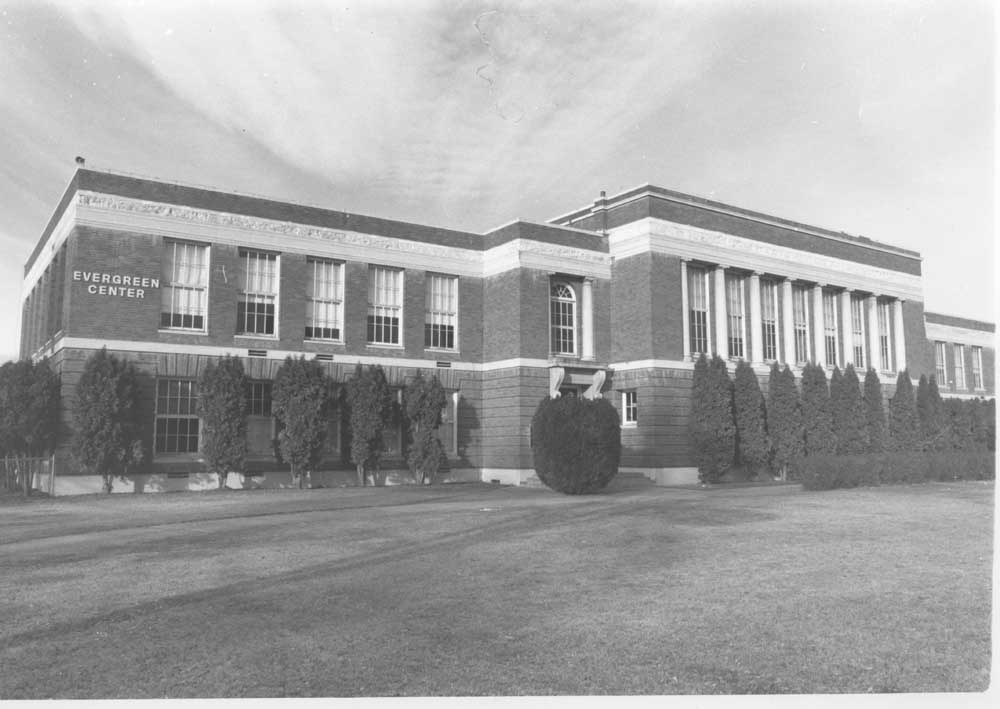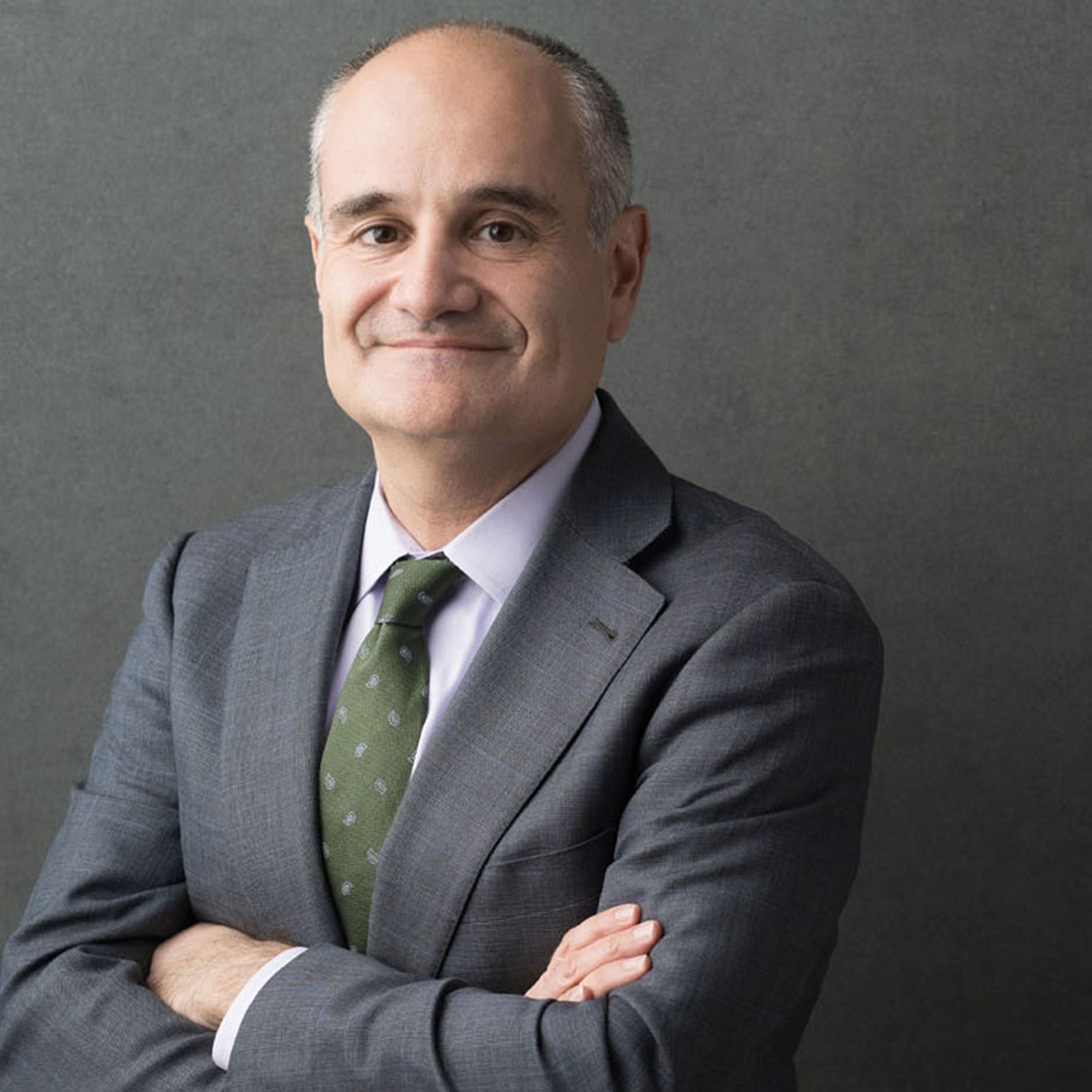Vertrees: Times have always been a-changing
Published 2:30 am Tuesday, February 28, 2023

- Former Redmond High School, Evergreen Education Center in the 1980s.
In the past five decades, Redmond has changed dramatically, but it still maintains a personality that sets it apart from the rest of Central Oregon.
Trending
Manmade irrigation canals and the construction of the railway from the Columbia Gorge stimulated early settlement, and the commercial airport and the Deschutes County Fairgrounds have been foundations of the continued growth and livability.
The original fairgrounds were built at the edge of town off Highland Avenue a few years after incorporation in 1910. The new, state-of-the-art fairgrounds opened at the new south edge of town in 1999.
We moved here in 1975 when I became publisher of The Spokesman. Redmond was a one-elevator town of less than 5,000 residents. The only people elevator was in the Redmond Hotel. (I’m not counting a primitive freight elevator at Redmond Electric on Seventh Street.)
Trending
A few years later we joked that Redmond was a one-horse town. A western wear store, Western Charlie’s, had opened in the old U.S. Bank Building at 6th and Deschutes and mounted a large plastic horse on the roof. It eventually was dismounted because it violated the city’s sign code.
For two or three years, Redmond appeared like a war zone when it was under federal mandate to put in a sewerage system blasting streets and alleys to lay pipe. The project was completed in 1978.
Except for the major banks and Copeland and Tum a Lum Lumber companies, most businesses were locally owned and operated.
The Patrick family operated Cent-Wise Drug, Cent-Wise Hardware and Cent-Wise Sporting Goods. The Baker family maintained the Ace Hardware presence. Clyde Quigley ran the Coast-to-Coast store in the hotel building, and Paul Deason had the Western Auto franchise.
The old Safeway sat empty at 7th and Deschutes, replaced by the much larger supermarket at the South Y. Erickson’s Supermarket, Central Oregon’s own small chain, included Gibb’s Bake Shop. At least three other family-owned groceries dotted the city before “convenience stores” became en vogue.
Leonard Downs converted his International Dealership into Redmond Canned Foods, the forerunner of Grocery Outlet, next to Papé Cat. The Wright Ford dealership building at Sixth and Forest sat empty after assuming its new location across South Highway 97 from Big R’s first Redmond site.
Two department stores anchored the downtown. Curt Bonney managed Vale-based Quisenberry’s at Sixth and Deschutes. Ira McDonald’s owned The Fair Store in the Erickson’s complex. Later Quisenberry’s was succeeded by
Madras-based Hatfield’s.
Numerous dress shops were scattered in the core: Gaylord’s, Mode O’Day and later the Classé Coupe come to mind. Hogan’s offered women and menswear. And between Deschutes and Evergreen there were three variety stores: Knox’s, Top Variety and the 88-Cent Store.
The three biggest employers were lumber related. Only the Whittier Moulding plant survives as today’s Brightwood facility. Brooks-Scanlon had its plywood plant and sawmill, and Ponderosa Mouldings was adjacent.
Restaurant offerings were limited, but Johnny Young’s Stockton’s Café and the 86 Corral had Chinese food covered, and pizza was available from the Red Barn and Eight Ball. York’s Big O and Mrs. Beasley created fancy new options.
The late 1970s were a time of rapid growth. When John Overbay established a Wagner’s Supermarket here in 1979, our first “big box” store was situated next to it: PayLess Drugs.
In early 1980 the recession hit. Inflation was rampant, the spotted owl crisis crippled the lumber industry, and Redmond withered with population stagnant for much of that decade. Unemployment neared 20 percent.
The school district had built Obsidian Middle School because of rapid enrollment growth, then closed the Redmond Junior High building because it wasn’t needed.
In 1985 something happened to change the direction Redmond would take, transforming it from a wide spot in the road on the way to Bend and Sunriver to a destination in its own right.
Local developers began construction on Eagle Crest Resort eight miles west of town on the Deschutes River. That, coupled with the growing interest in rock climbing at Smith Rock State Park, brought more tourists than locals could ever have imagined.
In 1988 Bi-Mart became the next major retailer to choose Redmond, and Wal-Mart followed five years later. Fred Meyer opened in the old fairgrounds location in 2000. Lowe’s and Home Depot followed a few years later.
And over those decades, the number of doctors feeding patients into Central Oregon District Hospital increased gradually from the handful here when we arrived. Specialists from Bend began holding office hours in Redmond, and support facilities increased. Redmond Health Care nursing home on Forked Horn Butte became supplemented by Brookside House, Cougar Springs and Juniper Springs. Older folks didn’t have to move to more populated areas for the increasing care they needed as they aged.
Younger folks could come home to Redmond after college. There were jobs available in many diversified businesses and industries, not just “at the mill.”
Traffic has increased, but the city has planned well. The Highway 97 bypass finally skirted downtown, the realignment of Veteran’s Way helped connectivity and the Maple Street Bridge created new shortcuts. And new homes and apartments keep popping up everywhere.
Life goes on.








